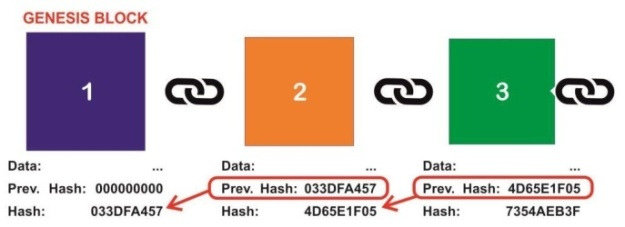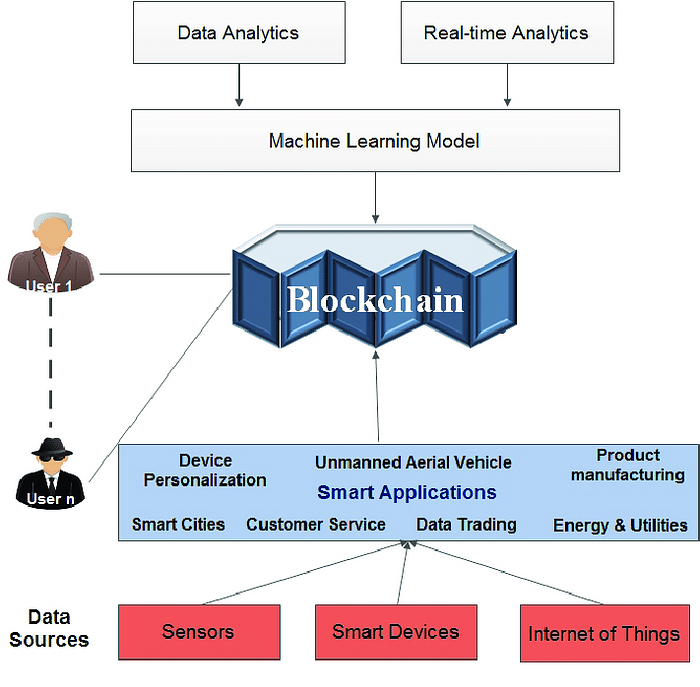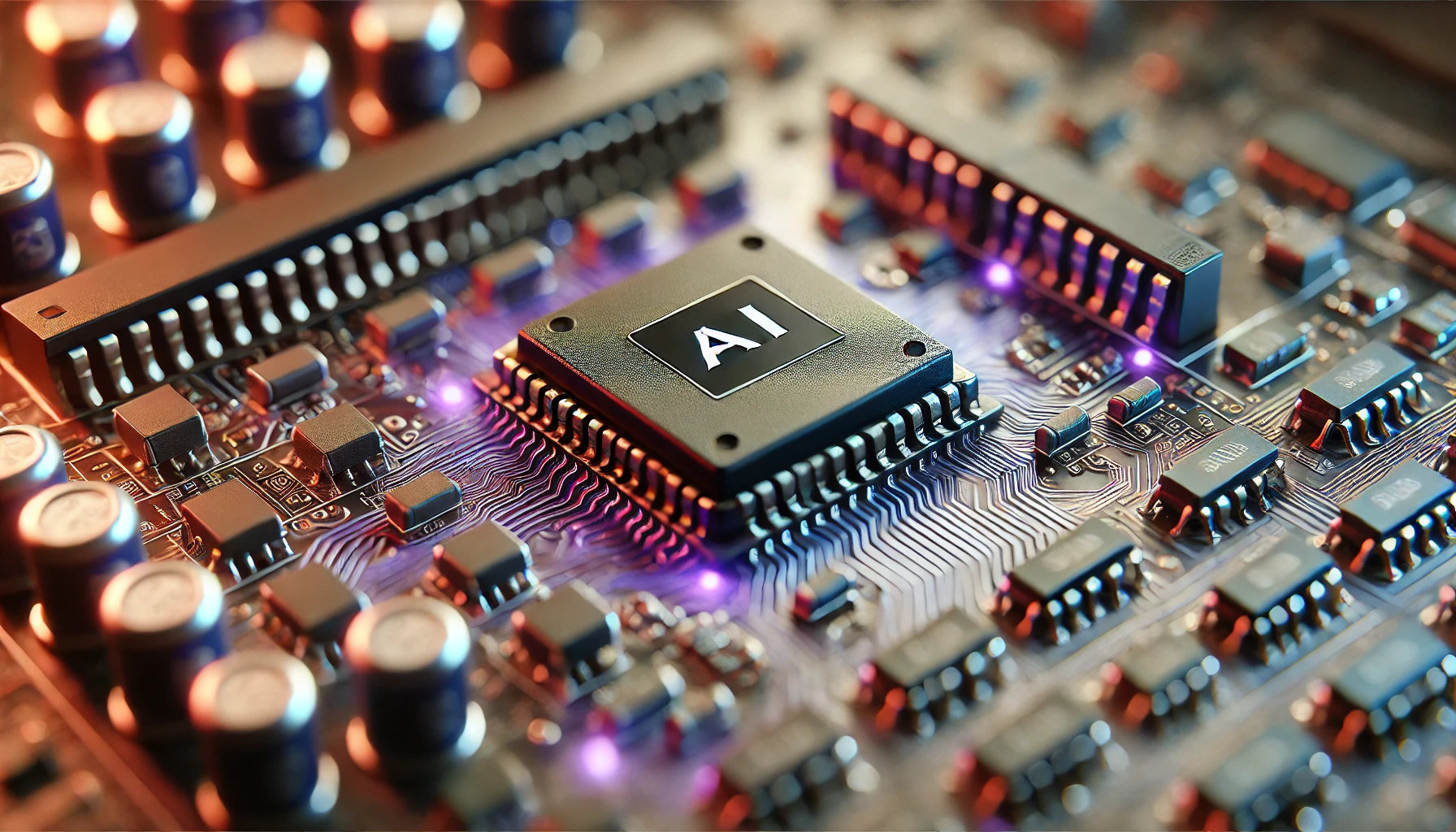The Integration of Machine Learning and Blockchain Technology
Blockchain is the brains behind all cryptocurrencies, and machine learning is one of the most in-demand technologies with incredible capabilities. Blockchain technology is gaining popularity daily because it enables direct transactions between users through a highly secure decentralized system without needing an intermediary. Blockchain technology may be improved and made more effective by combining it with machine learning.
What is the Blockchain?
Using the decentralized, distributed ledger technology known as the blockchain, data can be securely recorded, saved, and authenticated across a network of computers. Although its initial purpose was to support the Bitcoin cryptocurrency, it has evolved to serve far more diverse purposes.
Fundamentally, a blockchain is made up of interconnected blocks, each of which has pieces of data. These blocks are linked chronologically, forming a continuous and tamper-resistant chain. Each block contains a unique cryptographic hash (a fixed-size string of characters) generated based on the data and the hash of the previous block in the chain.
Beyond cryptocurrencies, blockchain technology is being used in other industries. Supply chain management, voting procedures, identity confirmation, smart contracts, decentralized finance (DeFi), and many other applications are all possible with it. Blockchain is disruptive in many businesses because it can build transparent, secure systems without intermediaries. Although blockchain has distinct advantages, there might be better options to solve an issue. Therefore, it’s vital to keep that in mind. Depending on the use case, the implementation should be thoroughly thought out.
What is Machine Learning?
Machine learning, a fascinating and swiftly developing field of artificial intelligence (AI), focuses on developing models and algorithms that can learn from experience and improve without explicit programming. This involves using statistical methods and data-driven strategies to enable computers to identify patterns, predict the future, and make decisions based on past data.
Components of Blockchain
A blockchain consists of three essential components, which are listed below:
- Blocks
- Miners
- Nodes
Blocks
A block is a fundamental component of a blockchain. It is a data collection stored in a secure and chronological order. Each block contains several transactions and a hash of the previous block. This hash is a unique identifier that links each block together to form a chain.
A blockchain’s blocks are immutable, which means that once they have been produced, they cannot be altered or removed. This is so that if a change is made to one block, it won’t affect the hash of the following block, and so on. Each block also carries a hash of the previous block. This makes tampering with data stored on a blockchain very challenging.
Additionally, blocks are dispersed across a network of nodes, making it impossible for a single party to dominate the blockchain. As a result, it is a very transparent and secure method of data storage.
As its name implies, blockchain is composed of numerous blocks, and each block has three essential components:
- Data: Depending on the type of blockchain and its particular use case, a block’s data composition changes. Most information in a block for digital currencies like Bitcoin is a list of transactions. These exchanges signify transferring digital assets, such as bitcoins, between several addresses. The data in other blockchain applications can represent various information, including voting records, medical records, identification information, supply chain data, and executable code for smart contracts.
- Nonce: This is a complete 32-bit value. Creating a block, which results in creating a block header hash, produces it at random. The block header is the first piece of metadata in each block. There are several vital pieces of information in it.
- Block Hash is a concise 256-bit number associated with the nonce. The block header, comprising the preceding block hash and other information, is subjected to a cryptographic hash algorithm to produce the block hash, which serves as the block’s unique identity. The resulting hash, an alphanumeric string of fixed length, symbolizes the block’s integrity and proves that it hasn’t been tampered with.
Each block is made up of these three components. When added to the blockchain chronologically, they produce a continuous and impenetrable ledger of transactions or information.
Miners
Many blockchain networks, including the most well-known blockchain, Bitcoin, depend on miners. In addition to safeguarding the network through consensus, they are in charge of validating and adding new transactions to the blockchain.
Blocks are collections of transactions in a blockchain network. To find a solution that satisfies specific requirements, miners compete to solve a challenging mathematical puzzle known as the proof-of-work (PoW) method. This answer, also known as a hash, is specific to each block and takes a lot of computing power to find.
A miner broadcasts a valid solution to the network when they find one. Further network nodes then confirm the legitimacy of the solution and the transactions included in the block. The block is added to the blockchain, and the miner is compensated with a freshly created cryptocurrency if most of the network determines the solution is genuine.
The block reward, which typically comprises newly produced cryptocurrency and transaction fees paid by users, incentivizes miners to take part in the network. This payment encourages miners to spend money on the necessary computing power and compete to identify legitimate blocks.
The blockchain’s security and integrity are maintained by miners who are part of the network. Any person or group attempting to modify the blockchain’s transaction history will find it incredibly difficult due to the processing power needed to solve the PoW algorithm. Furthermore, because mining is decentralized, no one entity has complete control over the network, making it more resilient to censorship and attacks.
It’s crucial to remember that not every blockchain uses PoW or mining as its consensus method. The proof-of-stake (PoS) approach is being adopted by specific blockchains, including Ethereum, where users become validators by securing a set amount of cryptocurrency as collateral. With this change, we want to ease PoW mining’s scalability and energy use worries.
Nodes
An essential part of a blockchain network is nodes. They function as the network’s participants by keeping a copy of the whole blockchain and validating transactions and blocks. They are essentially individual computers or devices.
The blockchain ledger, which holds a record of all transactions that have taken place on the network from its creation, is wholly replicated on each node in a blockchain network. This copy is continuously updated as new transactions and blocks are added to the blockchain.
Nodes talk to one another to spread fresh transactions and blocks around the network. A node examines a new transaction’s digital signature, transaction inputs, and transaction outputs to determine whether or not it is valid. Similarly, when a new block is received, nodes validate the block by ensuring it complies with the blockchain protocol’s consensus requirements.
How Does Blockchain Work?
Each machine in a blockchain network has a copy of the whole database. When a transaction is made, it is announced to the network, and consensus is used to confirm it. Consensus is typically reached through a proof-of-work or proof-of-stake process.
A transaction is added to a block of other transactions once it has been confirmed, and that block is added to the chain of blocks already in existence (thus the name blockchain). A cryptographic technique creates a unique code called a hash in every block and is used to connect it to the block before it is in the chain.
Each block is linked to the one before it, making it easier to change or tamper with the information in the blockchain without being noticed. Data transmission and storage using blockchain technology are currently incredibly secure and impregnable.
Numerous applications for blockchain technology exist, including voting processes, supply chain management, and digital currencies like Bitcoin.
Here is an image explanation of how blockchain works:

In the image, a blockchain with linked blocks is seen. Each block contains a timestamp, a set of transactions, and a hash of the block before it. The hash of a block is a unique identifier generated from the block’s data.
How Does Machine Learning Interact With Blockchain Technology?
Machine learning and blockchain are two distinct technologies that have each made significant advancements in recent years. While they serve different purposes, they have found synergies and opportunities to complement each other. Here’s how machine learning came into play with blockchain:
Smart Contracts and Decentralized Applications (DApps)
Smart contracts are self-executing contracts with the terms of the agreement directly written into code. Machine learning algorithms can be integrated into smart contracts to create more dynamic and adaptable contracts. For example, insurance contracts that adjust premiums based on real-time data or supply chain contracts that optimize routes based on traffic patterns.
Enhancing Security
Blockchain is known for its robust security due to decentralized consensus mechanisms. Machine learning can improve safety by detecting anomalies or potential cyber threats within the blockchain network. ML algorithms can analyze network data, identify suspicious patterns, and prevent or mitigate attacks.
Optimizing Blockchain Protocols
Different blockchain protocols, such as consensus algorithms and mining techniques, can be optimized using machine learning. ML algorithms can offer enhancements that raise the overall effectiveness and scalability of the blockchain network by examining previous data and network performance.
Decentralized Machine Learning
Traditional machine learning often requires centralized data processing, which can raise privacy concerns. Decentralized blockchains provide a solution where multiple parties can collaboratively train ML models without sharing sensitive data directly. This concept is known as “Federated Learning” and is gaining popularity in privacy-sensitive industries.
Fraud Detection and Prevention
Machine learning can be crucial in identifying fraudulent activities in blockchain-based financial systems. ML algorithms can detect and prevent fraudulent transactions or activities by analyzing data and user behavior.
While integrating machine learning and blockchain offers numerous benefits, it also comes with challenges like scalability, data privacy concerns, and computational overhead. Researchers and developers continue to explore innovative ways to combine these technologies effectively and create new use cases to leverage their combined potential.
Application of Machine Learning to Blockchain
Machine learning in blockchain-based applications has proven to be a powerful combination with a wide range of potential applications across various industries. Blockchain-based systems can achieve enhanced security, efficiency, and personalized user experiences by leveraging machine learning algorithms and techniques.
One of the most significant benefits of integrating machine learning into blockchain is in the field of security. Blockchain technology is known for its robustness due to its decentralized and tamper-resistant nature. However, combining machine learning’s ability to detect patterns and anomalies can strengthen security by identifying and mitigating potential threats and attacks.
In decentralized finance (DeFi) applications, machine learning is crucial in credit risk assessment, interest rate determination, and automated market making. By analyzing historical data and market indicators, ML models can offer valuable insights to optimize financial operations and reduce risk.
Supply chain management is another domain that significantly benefits from machine learning in blockchain applications. By analyzing data from IoT devices and sensors on the blockchain, ML algorithms can optimize supply chain operations, predict demand, and ensure the authenticity and traceability of products.
As blockchain and machine learning technologies evolve, their integration will likely bring forth even more innovative applications, transforming various industries and revolutionizing how we interact with decentralized systems. However, it’s essential to consider potential challenges, such as scalability, privacy concerns, and the need for efficient consensus mechanisms, to realize the potential of this powerful combination fully.

The above image represents architecture for machine learning adaptation in a BT-based application.
Advantages of Merging Machine Learning and Blockchain Technology
Enhanced Security
Blockchain’s decentralized and immutable nature provides a robust security foundation. Blockchain network security can be further strengthened with machine learning algorithms, which can analyze data patterns and detect anomalies. Machine learning can identify potential cyber threats, fraudulent activities, and abnormal behaviors, helping prevent attacks and unauthorized access.
Improved Data Analysis and Insights
Blockchain generates vast amounts of data, but interpreting and extracting valuable insights from it can be challenging. Machine learning can process and analyze this data more efficiently, helping organizations derive helpful business intelligence and make data-driven decisions.
Efficient Decision-Making
Machine learning algorithms can optimize decision-making processes within blockchain-based systems. For example, in decentralized autonomous organizations (DAOs), machine learning can analyze voting patterns and historical outcomes, leading to more informed and consensus-driven decisions.
Scalability and Performance
Machine learning can help optimize blockchain protocols and consensus mechanisms, improving scalability and performance. By analyzing historical data and network performance, machine learning algorithms can suggest enhancements that increase the efficiency and throughput of the blockchain network.
Conclusion
In conclusion, the fusion of blockchain and machine learning technology has the potential to produce a strong and secure system that can revolutionize a variety of industries. Machine learning algorithms make blockchain network optimization, fraud detection, and predictive analytics possible, which can also assist users in making better decisions. In addition, blockchain technology offers a safe and unchangeable record for data storage that enables machine learning algorithms to analyze data without jeopardizing its confidentiality or privacy.
Combining blockchain technology and machine learning can also improve smart contracts’ efficiency and optimize resource allocation within a blockchain network. As a result, these technologies can be used in a wide range of applications, such as finance, healthcare, logistics, and more.
However, integrating machine learning and blockchain technology also presents challenges, such as the need for specialized skills and the potential for bias in machine learning algorithms. Therefore, it is essential to carefully consider this integration’s potential benefits and challenges and develop appropriate strategies and frameworks to ensure its success.


